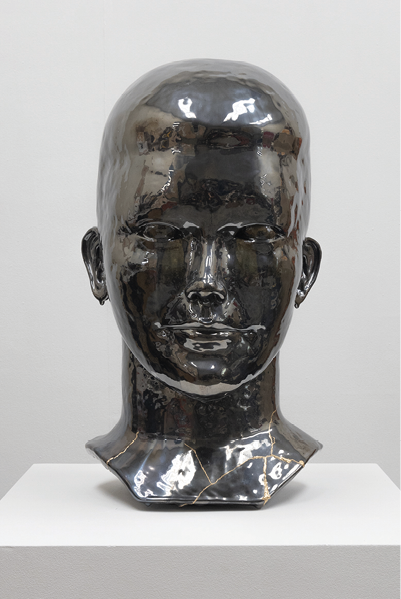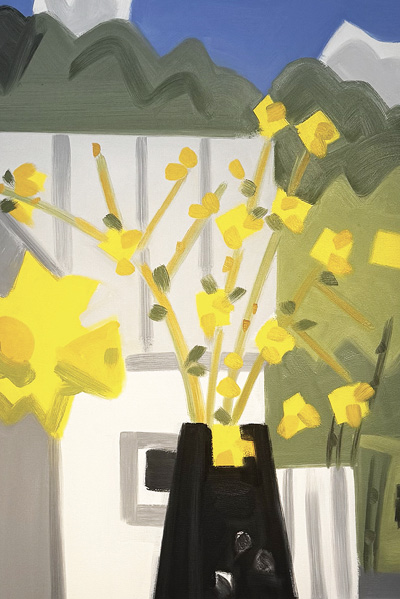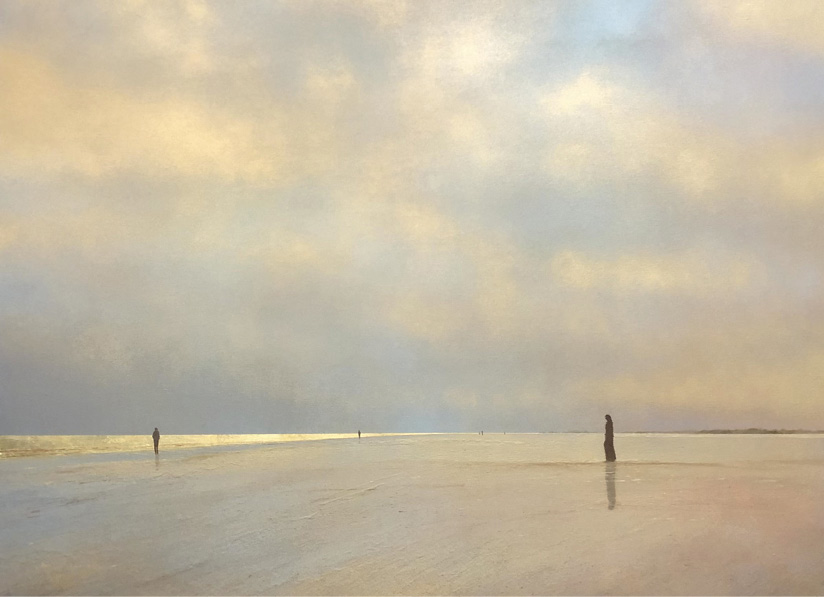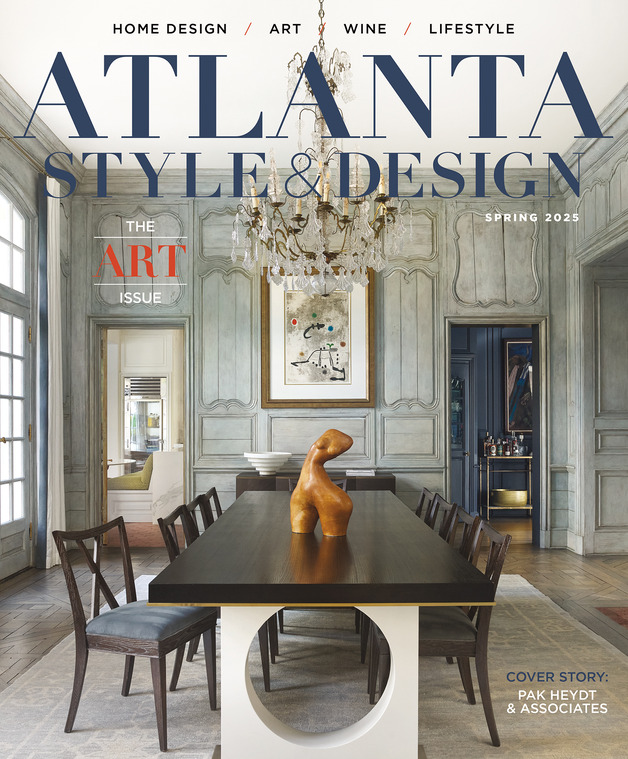Alan Avery is a man who believes in fate. And with good reason, as he sees the hand of fate at work in his journey to becoming a gallery owner. It all began in 1978, when a 17-year-old Avery landed in Atlanta, armed with two undergraduate degrees and the dream of obtaining a degree in business from Georgia State University. Working jobs that barely paid the bills, he stopped at an art gallery one day on his way to class. The owner offered Avery a job, and he spent the next 11 years playing an instrumental role in the gallery’s success. “Unfortunately, I had no future there,” Avery notes.
It was then that another gallerist Avery knew was going into partnership with a manager from a national gallery group to create Trinity Gallery. Avery joined them and became the third minority partner in 1991. Once again, he found himself playing a key role in the gallery’s success while being only a minor partner. However, as Avery says, “fate and hard work mixed with a little karma” brought him the opportunity for sole ownership.
The gallery was renamed Alan Avery Art Company in 2005, with a vision of representing blue-chip contemporary American artists at the same time as elevating local and regional artists to national and international renown. Later, Avery’s vision evolved to concentrate on women artists and artists of color. “They have historically been underrepresented in the arts, as they had been in many other fields in business,” Avery says, explaining his reason for shifting focus.
Alan Avery Art Company is now the oldest-sustained contemporary gallery in the southeastern United States, representing approximately 40 artists and artist estates, exhibiting such names as Andy Warhol, Keith Haring, Jean-Michel Basquiat, Roy Lichtenstein, Fabiola Jean-Louis, Wole Lagunju and Henri de Toulouse-Lautrec.




Whether globally coveted or locally loved, Avery’s artists all create work that speak to his criteria. “I look for artists who stay true to their individual voice in how they see the world,” he says. “They are either saying something never said before or saying it in a way that has never been voiced before. These are artists who do not create works in the latest color wave, subject matter or expected popular style or technique for the purpose of appealing to the masses. These are works that have a reason to exist and will keep the viewer interested and hold validity long-term, if not forever

